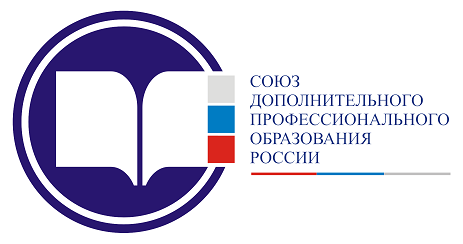 In 2012 ESEDA — European Association of VET providers was established.
In 2012 ESEDA — European Association of VET providers was established.
The goals of ESEDA are:
1. Improving of continual vocational education of CVE providers in Europe.
2. Establishment of transparent CVE system based on general standards.
3. Leading-up of professional qualification and grades that would be accepted by all European CVE providers.
4. Assistance to International exchange of specialists.
The prerequisites for establishing of ESEDA were a number of factors, chief among which are: problems related to demography and mobility, as well as under-development of the System for the Recognition of professional qualifications.
Factors in creating ESEDA
The personnel problem is partially addressed at the expense of young people with insufficient level of training, but this creates many another problem — a low level of qualification.
In addition, the qualification requirements for working professions are changing rapidly, and there are also significant differences in the different regions.
One of the priority tasks of the Lisbon Strategy 2010 was to increase geographical mobility in the EU. However, currently only 1.5% of the population of 15 EU countries are employed in another country. Despite the fact that the unemployment rate in these countries differs, transboundary movement is insignificant. Only 0.2% — 0.3% of the total number of workers in the fifteen EU countries work abroad. Legal, administrative, language barriers, economic, social and cultural differences are the reasons for the low geographical mobility of the labor force in the EU.
Another reason of the imperfect cross-border mobility of specialists is the lack of mutual recognition of professional qualifications and academic degrees abroad, as well as the difference between vocational education systems. In order to eliminate this obstacle, the vocational education system should allow people to acquire new qualifications, moving from one learning environment to another. This becomes especially important when it comes to translational mobility in the area of knowledge sharing. Another argument in favor of strengthening the translational mobility is a potential opportunity to improve the quality of vocational education and training on the basis of cross-border experience.
How does ESEDA plan to solve these problems?
In order to achieve these objectives ESEDA has planned a two-stage program of activities.
- Practical application of the European system of credits for vocational education with deepening of principles / methods in the case of separately taken profession in the countries-participants.
- Building cross-border cooperation and information platforms.
- Assessment of possibility of applying the credit system for vocational education in all ESEDA participating countries.
The tasks of the 1st stage:
- Development of a set of materials for determining the overall process of mutual recognition of quality of CVE between ESEDA countries;
- Discussion of the prepared material at individual meetings with each of the partners;
- Preparation of projects within the framework of the overall process of creating a system for mutual recognition of VET qualifications.
The tasks of the 2nd stage:
- The study by each partner of the national barriers / problems that may arise during its work in ESEDA;
- Registration of the association in Brussels with a view to its recognition in the European Union.
Membership of the CVE Union in ESEDA from the russian side
Reforming of vocational education in Russia, aimed at improving quality through the inclusion the employer in the educational cycle of the labor market, what makes this cooperation very relevant.
The CVE Union in the framework of ESEDA is working towards the establishment of a common methodological framework for members of the Association of public and professional accreditation and certification of professional qualifications.
In order to solve this problem in 2012, two projects were launched. The first project is aimed on the development of EU-recognized
quality assessment models of VET, on the basis of which public-professional accreditation could be conducted. The second project is the developing concepts and methodologies for the formation of a cross-border certification system for professional qualifications, based on the European Qualifications Framework.
The project builds on the experience of the ESEDA Association partners and the experience in developing of four Russian educational organizations:
- National Research Tomsk State University;
- Ivanovo State University;
- Institute of Economics, Management and Law (Kazan);
- State Academy of Industrial Management named after Pastukhov (Yaroslavl).
Based on the materials of the 10th International Scientific-Practical Conference «The Strategy of VET-development in the Conditions of Reduction of State Regulation» (April 19-20, 2012, Yaroslavl). — Yaroslavl: Publishing House of the Pastukhov Academy, 2012. — 184 p.


